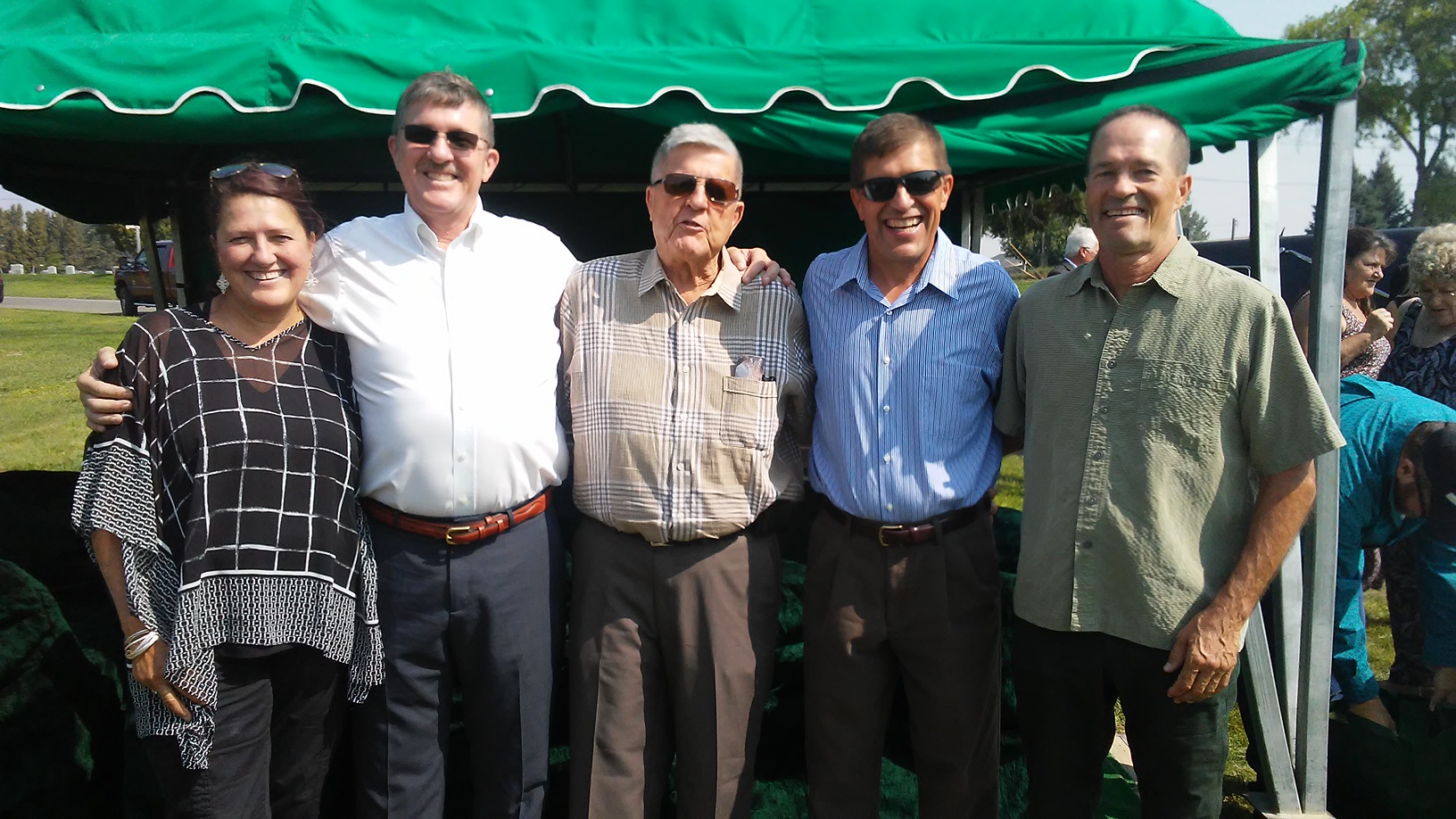Throughout 2021, as part of Potato Grower’s celebration of our 50th year in publication, we will be honoring in our pages and on our website 50 of the potato industry’s most innovative and influential individuals, companies and organizations over the past half-century. This “50 for 50” series will include researchers, salesmen, packers, processors and, of course, plenty of potato growers. A lot of them will be names you’ve heard before. To some, you’ll get a fresh introduction. Regardless, each has had an outsize impact on the U.S. potato industry, and each deserves our thanks and recognition. To view the full roster of “50 for 50” honorees, click here.
They say once potatoes get in your blood, it’s hard to get them out. Bob Thornton and the prodigious amount of important potato research he and his progeny have done appear to be proof of that. Thornton retired from his post with Washington State University Extension in 2004 as one of the world’s most respected potato researchers. But his sons Sam, Rob and Mike have done a more than admirable job of carrying on the family tradition.
Let’s start with the patriarch. Bob Thornton began his career as a research plant breeder for the University of Idaho, then as a research agronomist for the J.R. Simplot Company. In 1967, he was hired as an extension horticulturist at WSU, where he really made a name for himself. He spearheaded the planning and execution of the Washington State Potato Conference (now the Washington-Oregon Potato Conference) for 34 years. He served as president of the Potato Association of America (PAA) in 1982 and was later named an honorary lifetime member of the organization.
Bob was an early adopter and proponent of concepts related to proper handling of harvested potatoes to reduce bruise and increase crop value, and was a trusted voice in developing and releasing many now-widely grown varieties in the U.S. He mentored dozens of undergraduate and graduate students who went on to have exemplary careers in the potato industry; notable Bob Thornton protégés include Rick Knowles, Mark Pavek, Nora Olsen and Carrie Wohleb. But his most heavily influenced students were undoubtedly his own children.

Bob Thornton, center, with his children (from left) Lisa Larson and Sam, Mike and Rob Thornton
Sam Thornton currently works as the strategic account manager of seed and soil health for UPL and lives in Moses Lake, Wash. He spent several years as director of research for the Washington State Potato Commission, followed by a stint with Syngenta, where he focused on fungicide seed treatments and was a pioneer in gaining widespread industry acceptance of liquid seed protection formulations. In 2007, Sam served as PAA president and was later named an honorary lifetime member.
Rob Thornton worked as director of agronomy for AgriNorthwest for 18 years, then three years with R.D. Offutt Company. He then ventured out on his own to form Thornton Consulting, Inc., a company based in Benton City, Wash., that advises potato growers both in the U.S. and internationally on cultural best practices and bruise reduction. He served as a commissioner on the Washington State Potato Commission from 1997 to 2001. An active PAA member, he has served as both section chair and director.
For his part, Mike Thornton is a professor of plant science at the University of Idaho and served as superintendent of the university’s Parma Research & Extension Center from 2003 to 2013. For 30 years, he has been a leader in organizing the annual Idaho Potato Conference and has presented his program’s research results at countless local, regional, national and international meetings over the years. Mike was PAA president in 2017 and is currently part of the Northwest Potato Variety Development Program.
Is it really any surprise Bob Thornton’s boys would rank as some of the most trusted voices in the potato industry? Not really. It’s in their blood.